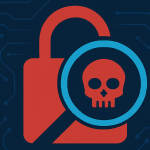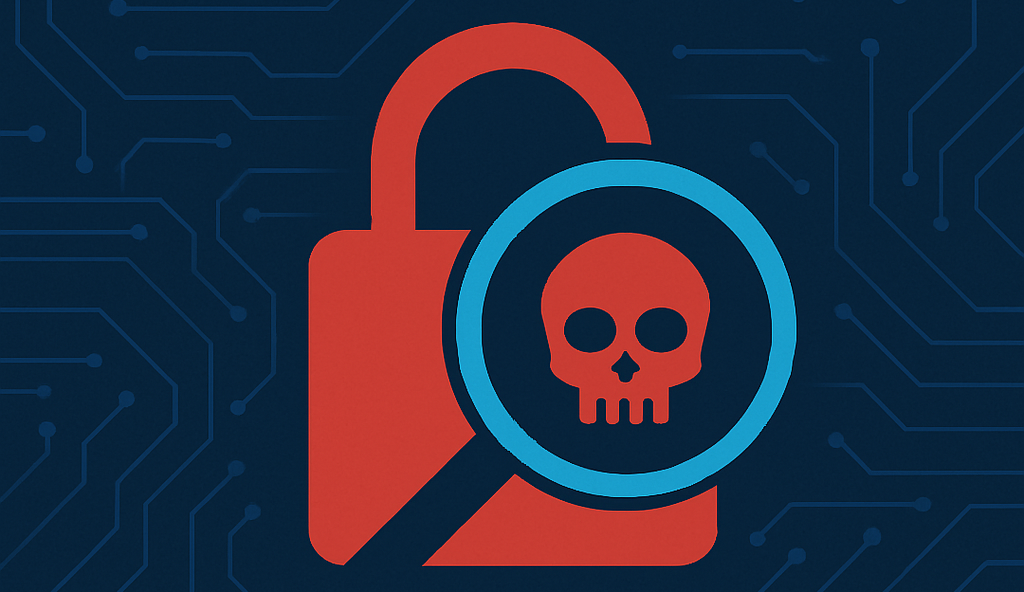Stegomalware is malicious software that leverages steganography—the practice of concealing data within seemingly benign content—to evade detection and bypass security measures. Instead of embedding its payload in easily identifiable malicious files, stegomalware hides code, commands, or data within images, audio files, videos, documents, or network traffic. This technique allows attackers to stealthily deliver malware, exfiltrate information, or establish covert communication channels without triggering conventional security defenses such as antivirus software or intrusion detection systems.
Stegomalware often incorporates mechanisms to:
- Conceal malicious code or resources (e.g., libraries, scripts, configuration files) within seemingly innocuous data to evade detection, bypass content filters, or avoid security blocks.
- Deploy payloads on the victim’s host or retrieve additional executables to minimize its footprint, evade antivirus detection, and complicate forensic analysis.
- Establish covert channels for data exfiltration, command exchange, and circumventing traffic policies or intrusion detection systems.
Recent research by Strachanski, et. al. (2024) that analyzed 106 documented cases of stegomalware across 133 reports underscores its growing prevalence in modern cyberthreats, with attackers leveraging steganography to evade detection. The study reveals that 61 cases involved network steganography (57.5%), primarily using DNS (29 cases) and HTTP (14 cases), while media steganography, favoring PNG (17 cases) and JPG (13 cases) with techniques like LSB steganography, accounted for 36 cases (34%), and text steganography, often exploiting trusted platforms like YouTube and GitHub, comprised 20 cases (19%). Notably, nearly 30% of all cases utilized legitimate services to mask malicious activity, highlighting a reliance on proven methods rather than novel innovations. This standardization of techniques signals that stegomalware is now a mainstream threat, urging defenders to bolster detection through behavioral analysis, AI tools, and advanced steganalysis to keep pace with its evolution.
Reinforcing this trend, a recent analysis shared by Wojciech Mazurczyk on X in March 2025 highlights the rise of stegomalware in 2025, citing four notable examples: W3CryptoLocker, a ransomware variant delivered via SmokeLoader that hides its payload in Base64-encoded images; the Sosano backdoor, which uses polyglot files to obfuscate its infection chain; and XWorm and Remcos/AsyncRAT, both leveraging steganography for keylogging, data theft, and remote control. These real-world cases exemplify the research findings, demonstrating how attackers exploit steganography across media and network protocols, often using trusted platforms to mask their activities, and underscoring the critical need for enhanced detection strategies to counter this evolving threat.
To effectively combat such sophisticated threats, organizations can turn to industry-leading solutions like those offered by WetStone Labs. Tools such as StegoHunt™ MP and StegoEnterprise™ provide advanced steganography detection and steganalysis capabilities, enabling cybersecurity teams to identify hidden payloads in suspect files, analyze embedded data, and protect networks from covert attacks. For those looking to strengthen their defenses against stegomalware, exploring WetStone Labs’ comprehensive suite of tools offers a proactive step toward staying ahead of this stealthy menace—learn more at www.wetstonelabs.com.
References:
Strachanski, Fabian, Denis Petrov, Tobias Schmidbauer, and Steffen Wendzel. 2024. “A Comprehensive Pattern-Based Overview of Stegomalware.” Paper presented at ARES 2024: The 19th International Conference on Availability, Reliability and Security, Vienna, Austria, July. https://doi.org/10.1145/3664476.3670886.
Mazurczyk, Wojciech [@wmazurczyk]. 2025. “I have not checked for some time yet it seems that in 2025 #stegomalware is on the rise, including: 1) #W3CryptoLocker; (2)#Sosano backdoor.” X post, March 30, 2025. https://x.com/wmazurczyk/status/1906366672761401495.






